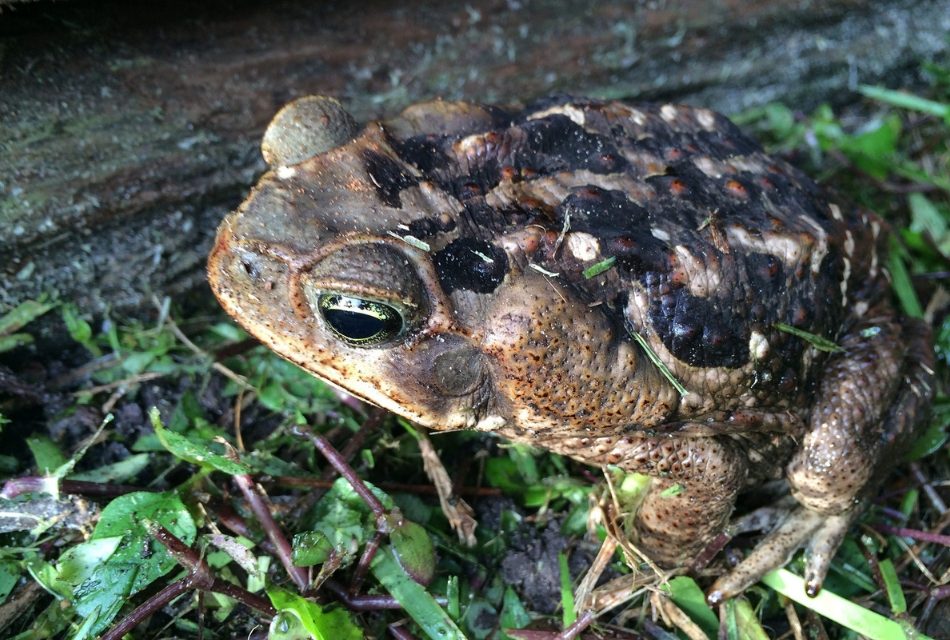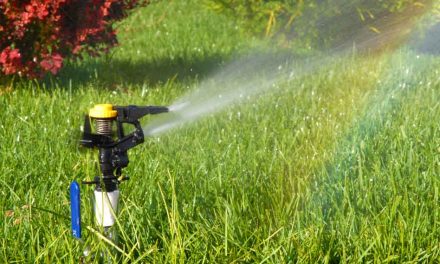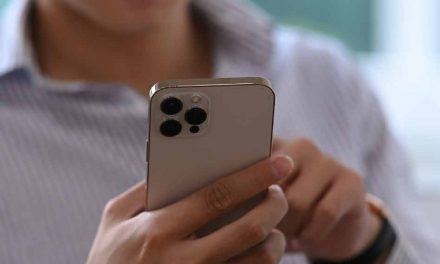The Florida Fish and Wildlife Conservation Commission (FWC) sent out a reminder last week to protect pets from invasive cane toads as the weather becomes warmer and wetter, although people in south Florida are more likely to encounter amphibians, including nonnative cane toads it is still very important that Osceola County residents and visitors keep an eye out as well. These toads, also known as bufo toads or marine toads, are poisonous to most animals that try to bite or consume them. This can prove deadly for your dog or cat.
According to the FWC, the cane toad has toxin can kill your pet in as little as 15 minutes without proper treatment. If your pet bites or licks a cane toad, it will likely start acting strangely with frantic or disoriented behavior. It may also have brick-red gums, seizures, and foam at the mouth.
If you see these symptoms and believe your pet licked or bit a toad, immediately wash toxins forward out of the mouth using a hose for 10 minutes, being careful not to direct water down the throat. Wipe the gums and tongue with a dish towel to help remove the toad’s milky, white toxins that will stick to your pet’s mouth. Once you have done this, get your pet to a veterinarian as quickly as possible.
To protect your pet, the best method is to reduce the opportunity for them to come into contact with a cane toad. Keep an eye on pets when they are outside. Cane toads are most active at night. You can help make your property less attractive to cane toads by keeping your grass cut short and done on a regular basis, fill in any holes around structures, trim the underside of shrubs and keep branches off the ground. You can also clear away any brush piles and remove clutter, feed your pets indoors when possible and bring outdoor food/water bowls inside at night and clean up any food scraps from pet bowls or outside tables and grills.
The Florida Fish and Wildlife Conservation Commission encourages landowners to kill cane toads on their own property whenever possible. Cane toads are not protected in Florida except by anti-cruelty law and may be removed from private property year-round with landowner permission. Invasive cane toads can closely resemble native southern toads and other species of native amphibians, so be sure to properly identify cane toads before killing them.
Be sure to wear latex, rubber or nitrile gloves to safely handle cane toads. Captured cane toads may not be relocated and released. Homeowners that need assistance removing cane toads from their property can hire a wildlife trapper.
To learn more about nonnative species in Florida, visit MyFWC.com/Nonnatives. For more about cane toads, click on “amphibians,” then “Frogs and Toads” and scroll down to “Cane Toad.” For information on how to humanely capture and kill cane toads, click on the “Can I remove cane toads from my property?” tab under the “Frequently Asked Questions” section.




















